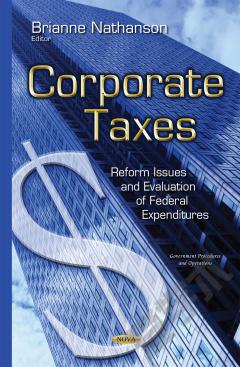Business Taxation: Organizational Choices and Federal Considerations
In the United States, how a business is taxed at the federal level is partly dependent on how it is organized. Publicly traded corporations known as subchapter C corporations are taxed once at the corporate level according to the corporate tax system, and then a second time at the individual-shareholder level according to the individual tax system when corporate dividend payments are made or capital gains are realized. This leads to the so-called "double taxation" of corporate profits. Businesses that choose any other form of organization are, in general, taxed only once at the individual level. That is, the income of certain businesses passes through to the individual business owners and is taxed according to the individual income tax system. Examples of these alternative "pass-through" forms of organization include sole proprietorships, partnerships, subchapter S corporations, and limited liability companies. This book summarizes the general tax treatment of corporate and pass-through businesses and analyzes the most recent business data from the Internal Revenue Service (IRS).
{{comment.content}}








 京公网安备 11010802027623号
京公网安备 11010802027623号